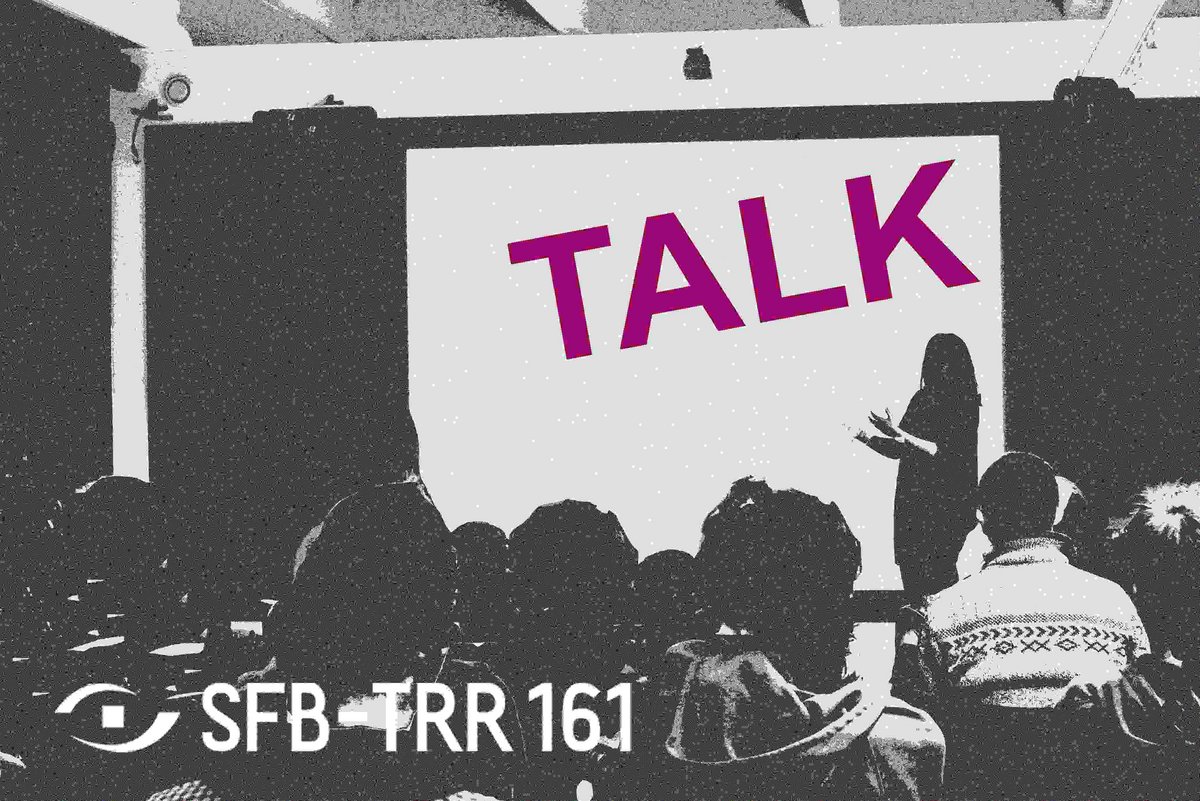Data-Driven Direct Transfer of Insight between Brains and AI Systems
Wann
Montag, 21. Dezember 2020
16 bis 18 Uhr
Wo
Via Webex (see Kontakt Box)
Veranstaltet von
SFB-TRR 161
Vortragende Person/Vortragende Personen:
Mariya Toneva, Carnegie Mellon University, Pittsburgh, PA, USA
Diese Veranstaltung ist Teil der Veranstaltungsreihe „SFB-TRR 161 Lecture Series“.
Abstract:
Several major innovations in artificial intelligence (AI) (e.g. convolutional neural networks, TD learning, experience replay) are based on findings about the brain. However, in all of these cases, the underlying finding about brain function took many years to first consolidate and many more to transfer to AI. Moreover, all of these findings were made using invasive methods in non-human species. For many cognitive functions that are uniquely human, such as natural language processing, there is no suitable model organism and a mechanistic understanding is that much farther away.
In this talk, I will discuss two works that circumvent these limitations by establishing a direct connection between the brain and AI systems with two main goals: 1) to enable transfer of brain insight to AI and 2) to provide computational models that can be used to improve our mechanistic understanding of cognitive functions in the brain. Lastly, I will discuss future directions that build on these approaches to investigate the role of memory in meaning composition, both in the brain and in AI systems. My hope is that this investigation will lead to methods that can be applied to a wide range of AI domains, such as computer vision, multi-modal learning, and other areas in which it is important to adapt to new data distributions, continually learn to perform new tasks, and learn from few samples.
Biography:
Mariya Toneva is a last-year PhD candidate in a joint program between Machine Learning and Neural Computation at Carnegie Mellon University, where she is advised by Tom Mitchell and Leila Wehbe. Her primary research is on building computational models of meaning composition during language processing in the brain that can both better predict neuroimaging recordings of people reading naturalistic text and improve on natural language processing systems.

